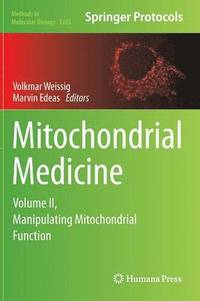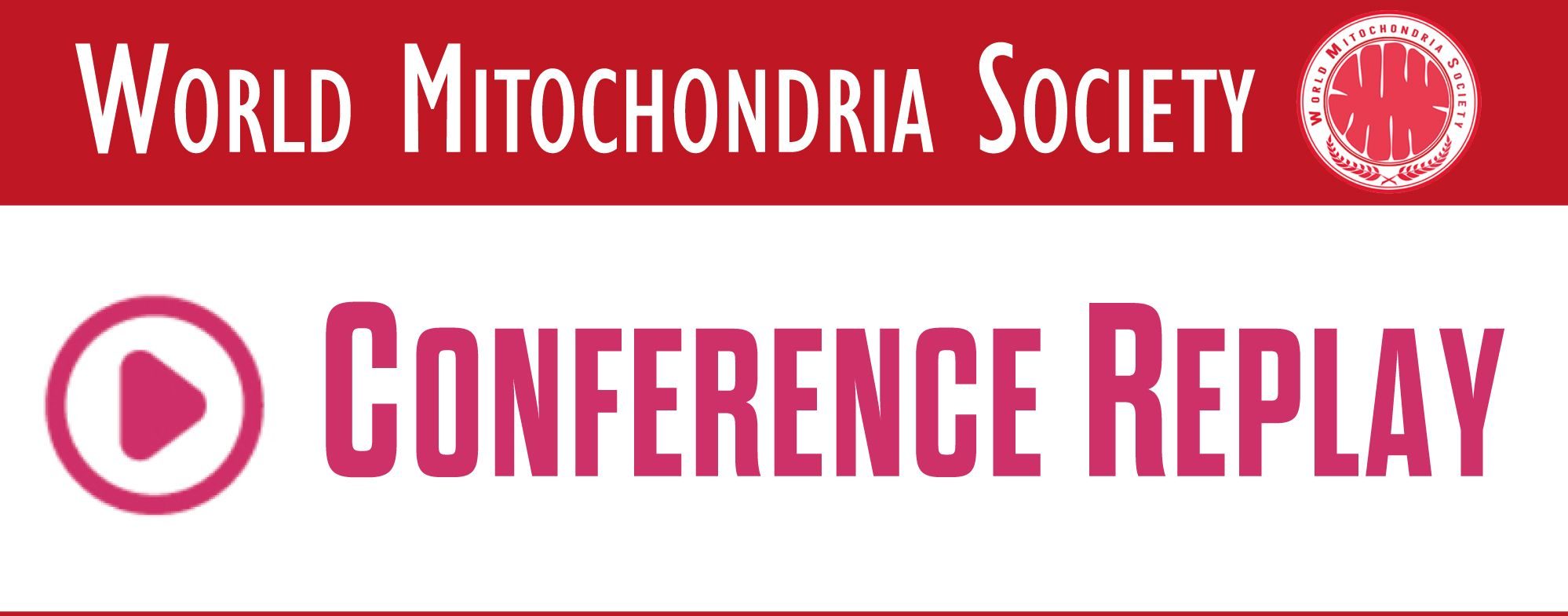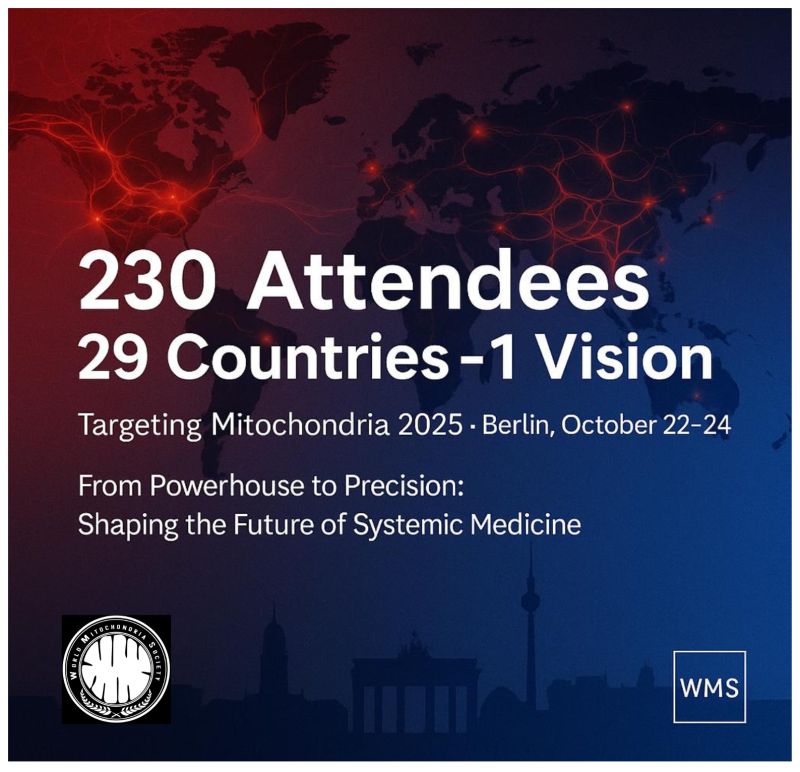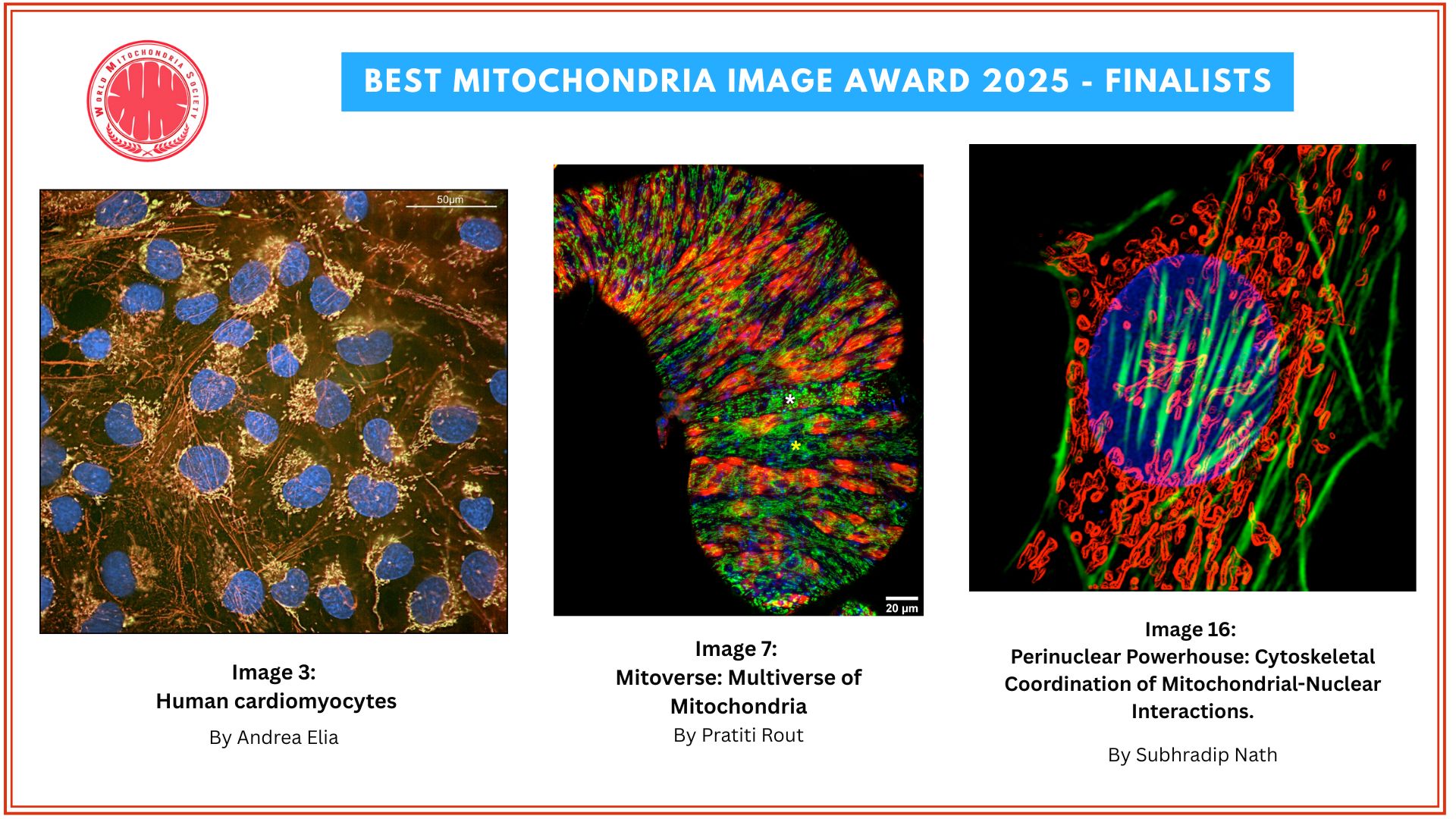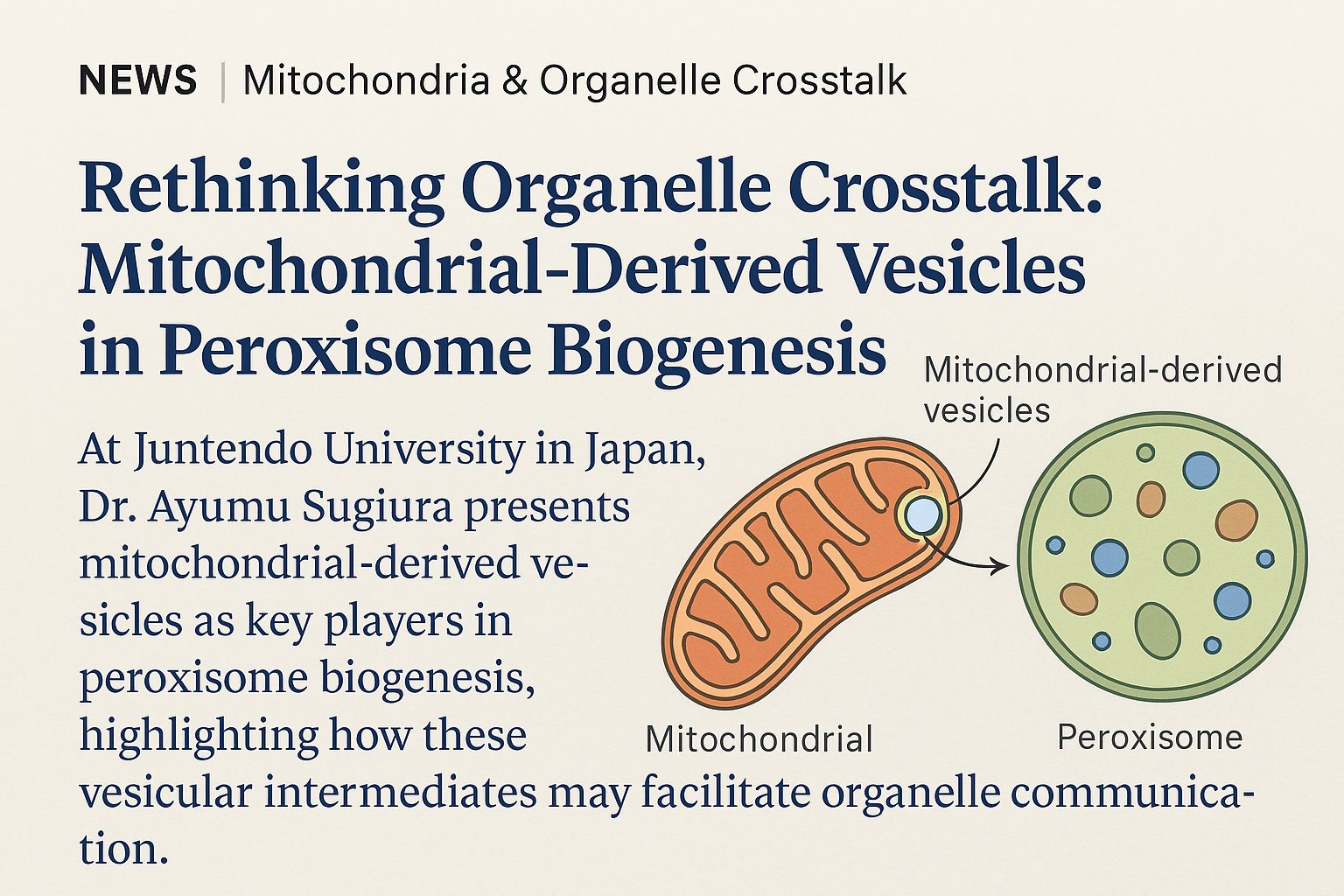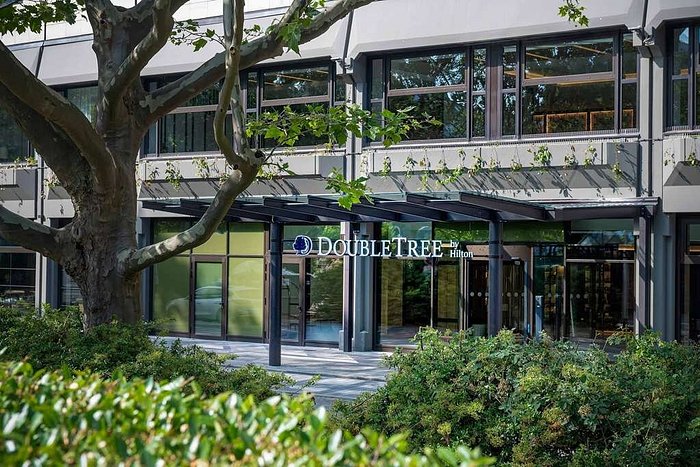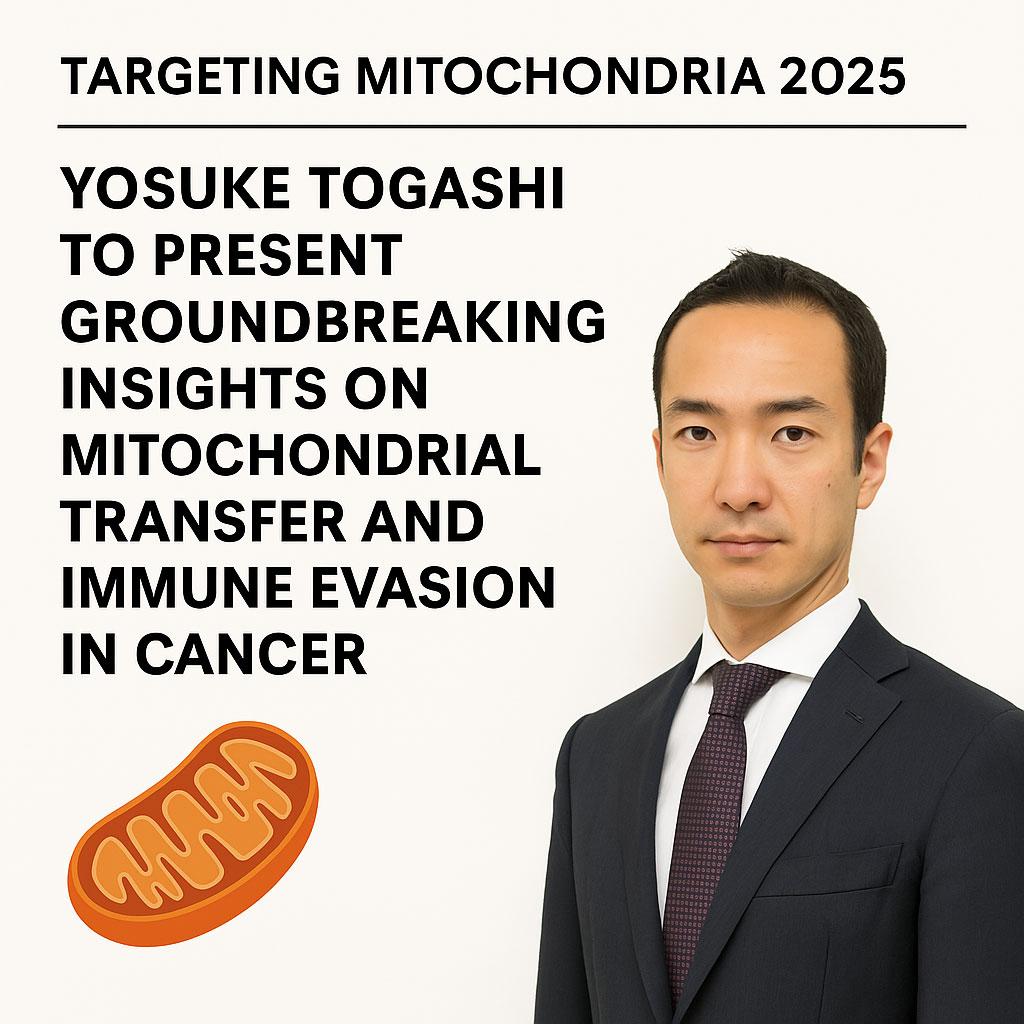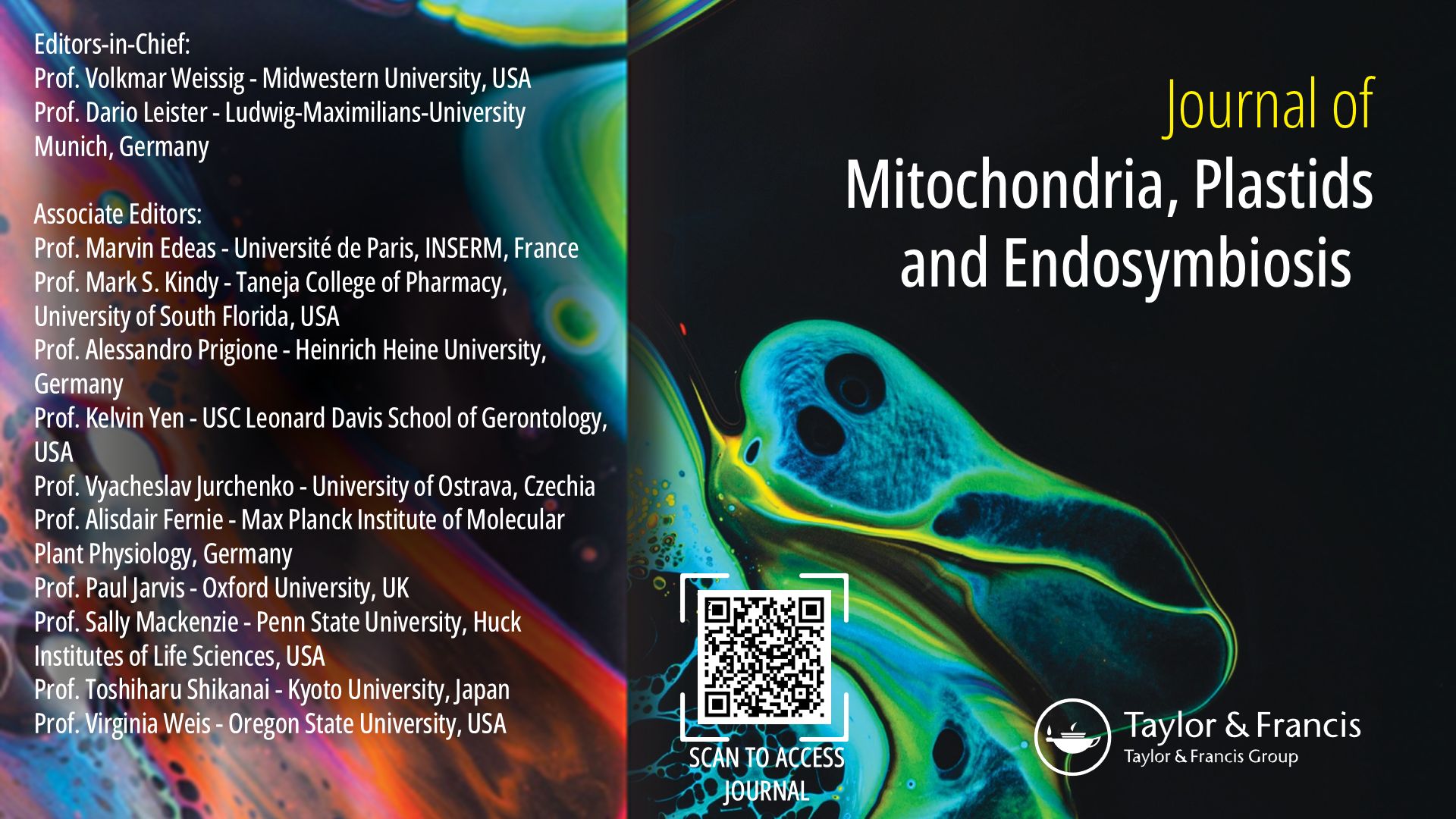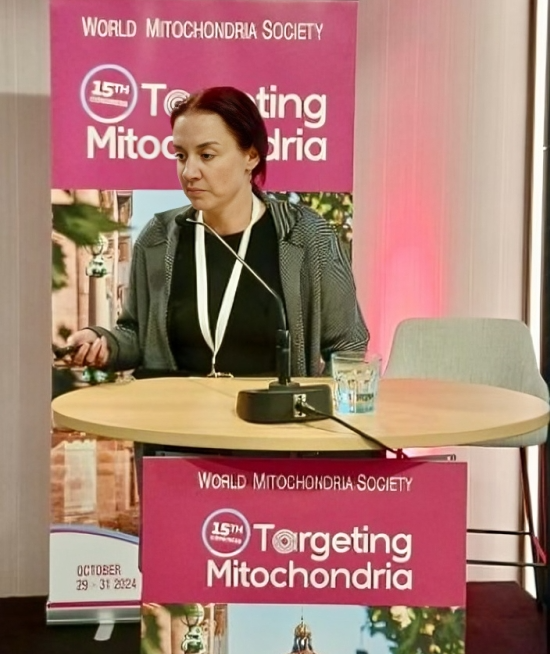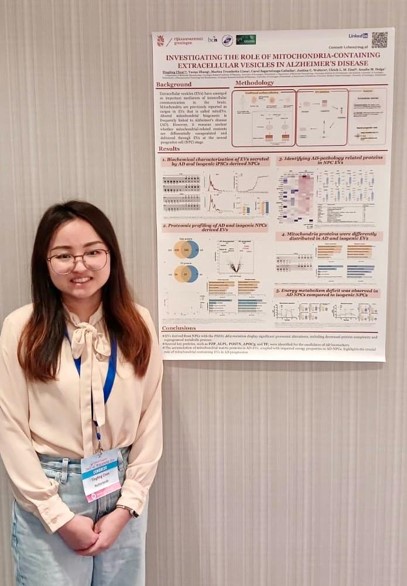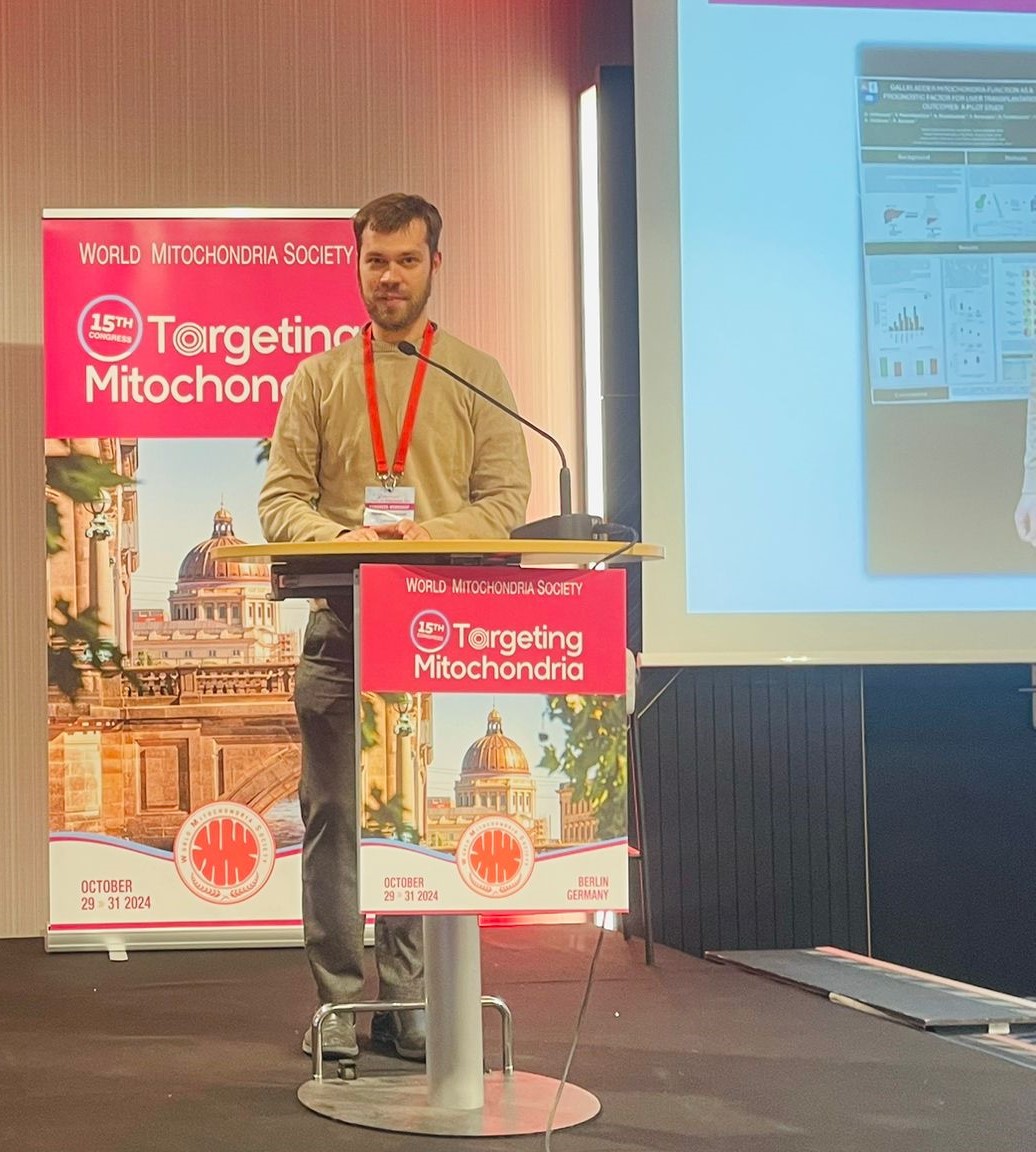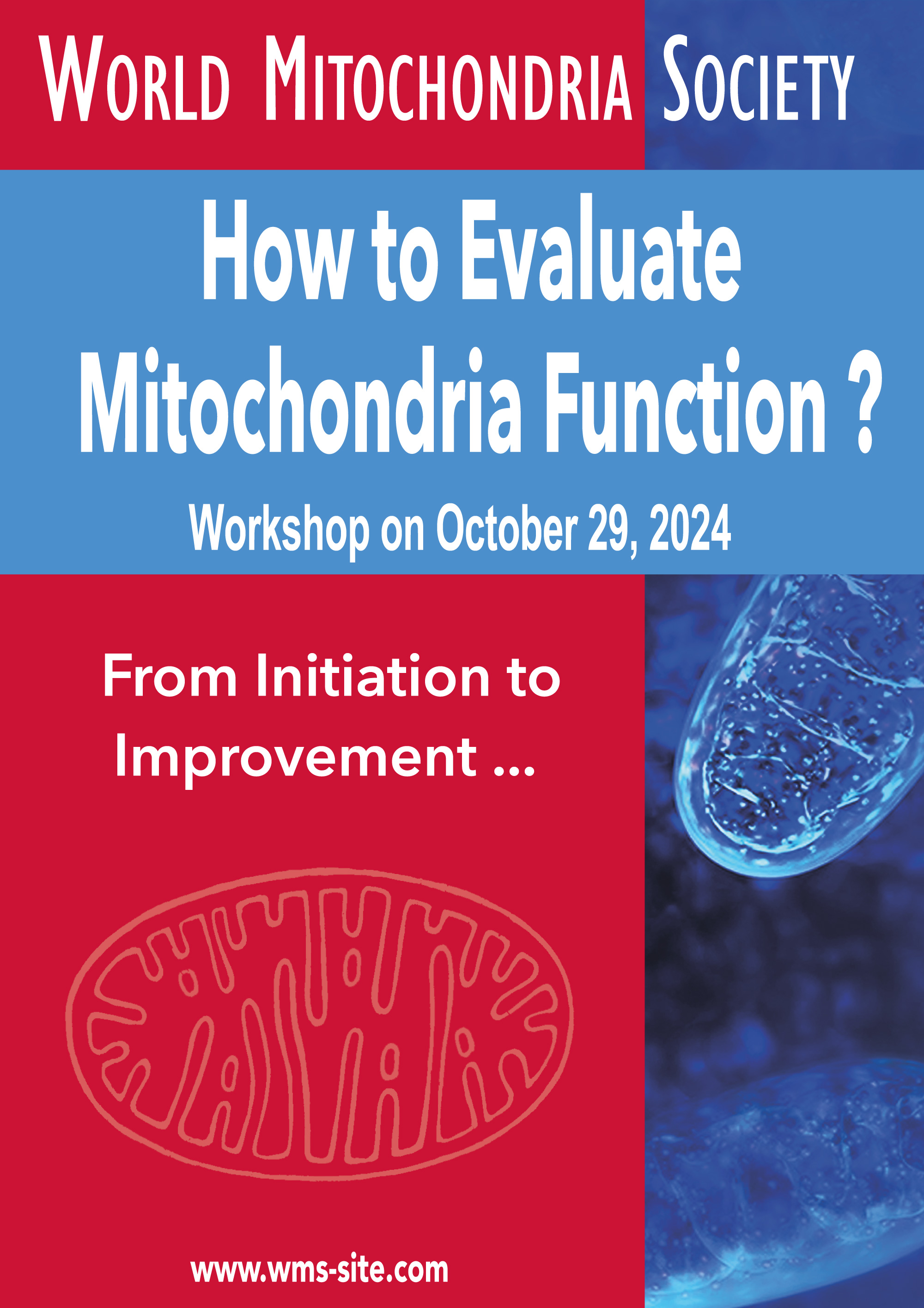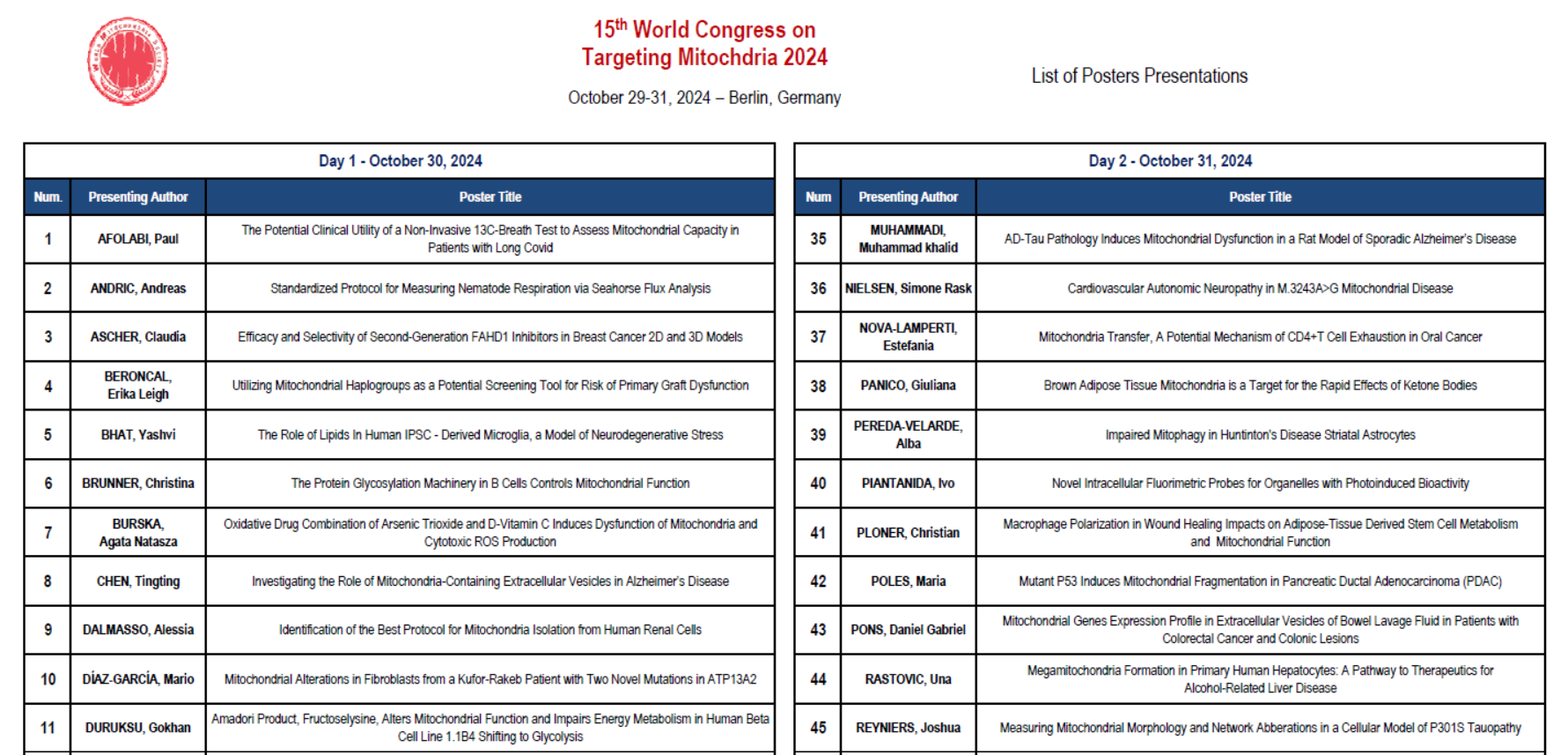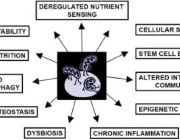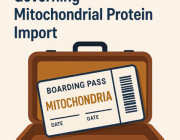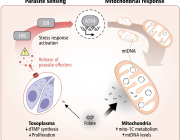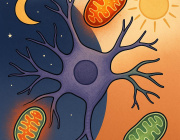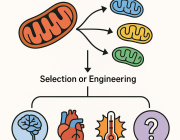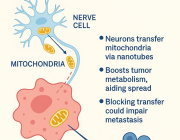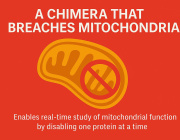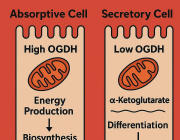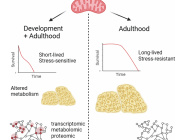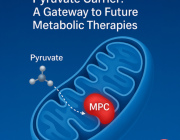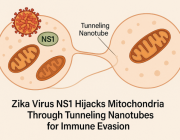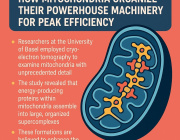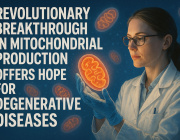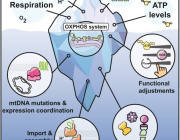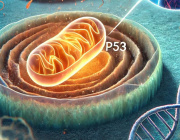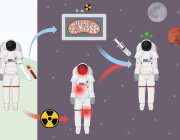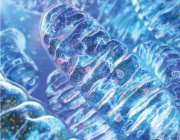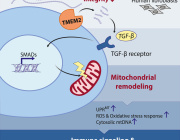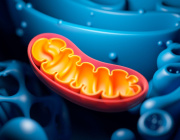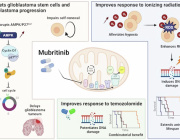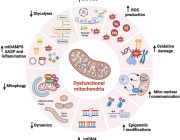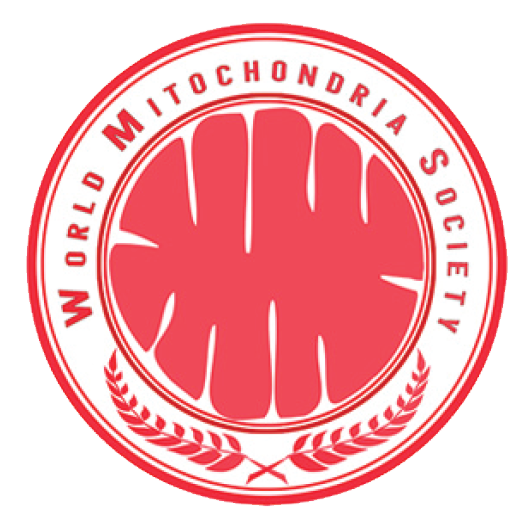Pr Luis Vitetta, from Sydney University will talk about Reactive oxygen species and their lifelong regulation of the metabolome
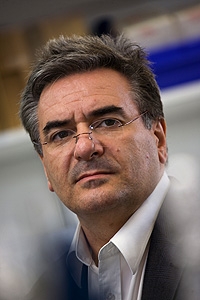 The production of reactive oxygen species and reactive nitrogen species has long been proposed as leading to the random deleterious modification of macromolecules with an associated progressive development of age associated systemic disease. Superoxide anion (and hydrogen peroxide) and nitric oxide (and peroxynitrite) constitute regulated prooxidant second messenger systems, with specific sub-cellular locales of production and are essential for normal metabolome and physiological function.
The production of reactive oxygen species and reactive nitrogen species has long been proposed as leading to the random deleterious modification of macromolecules with an associated progressive development of age associated systemic disease. Superoxide anion (and hydrogen peroxide) and nitric oxide (and peroxynitrite) constitute regulated prooxidant second messenger systems, with specific sub-cellular locales of production and are essential for normal metabolome and physiological function.
Pr Vitetta's team has posited that the formation of superoxide anion/hydrogen peroxide and nitric oxide do not conditionally lead to random macromolecular damage. Under normal physiological conditions their production is actually regulated that is very much consistent with their second messenger roles. The role of these second messengers in the regulation of the metabolome is discussed in terms of radical formation as an essential contributor to the physiologically normal regulation of sub-cellular bioenergy systems; proteolysis regulation; transcription activation; enzyme activation; mitochondrial DNA changes; redox regulation of metabolism and cell differentiation.
Furthermore the concept that orally administered small molecule antioxidant therapy to abrogate free radical activity is a chimera. Hence as such they consider that free radicals are not a major overwhelming player in the development of the chronic diseases or the aging process.
You can know more about this study by joining Targeting Mitochondria World Congress.
For more information: www.targeting-mitochondria.com








